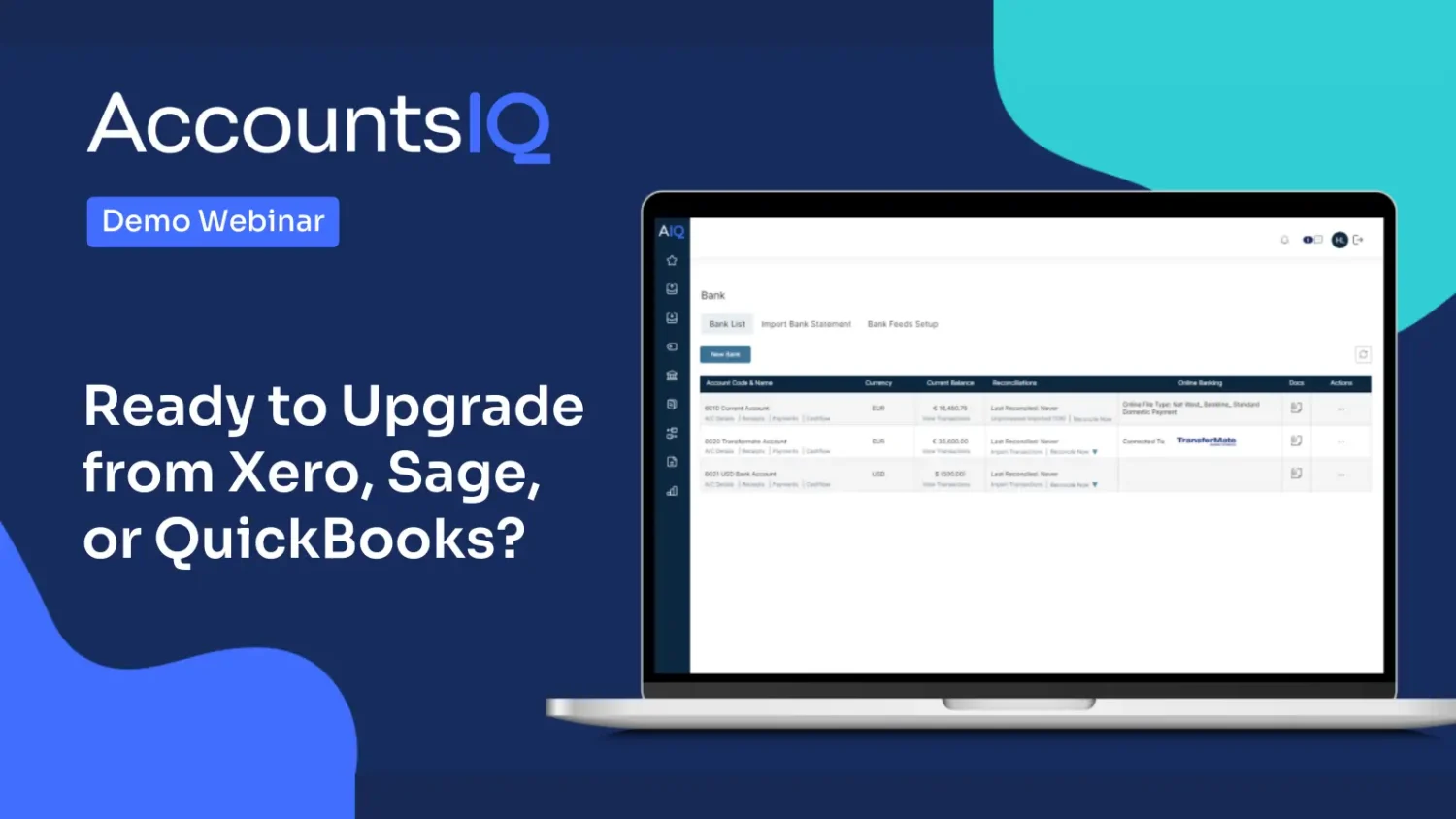As global trade and commerce continue to expand, managing foreign exchange (FX) risk has become an increasingly important task for businesses of all sizes. Currency fluctuations can have a significant impact on a company’s bottom line, and without a solid FX risk management strategy in place, businesses may find themselves at a financial disadvantage.
Understanding the risks
The first step in creating an FX risk management strategy is to identify the specific risks that your business faces. This could include exposure to currency fluctuations, interest rate changes, or political and economic instability in foreign markets. Once you have identified the specific risks, you can then develop a plan to mitigate them.
One common approach to managing FX risk is through the use of financial instruments such as forwards, options, and swaps. These financial instruments allow businesses to lock in exchange rates at a specific point in time, providing a hedge against future currency fluctuations. However, it is important to note that these instruments are not without risk, and businesses should carefully consider the costs and benefits before using them.
Another important aspect of FX risk management is diversification. Diversifying your business operations across multiple countries can help mitigate the impact of currency fluctuations in any one specific market. For example, if you have operations in both the United States and Europe, a decline in the value of the euro against the dollar will have a smaller impact on your overall business.
In addition to diversification, it is also important to actively monitor currency markets and keep abreast of any potential political or economic developments that may impact exchange rates. This can be done through the use of financial news and analysis websites, as well as through consultation with financial experts.
A holistic approach
Another key element of FX risk management is communication and collaboration. It is important to involve all relevant stakeholders in the FX risk management process, including finance, sales, and operations teams. By working together, these teams can better identify and mitigate potential risks, as well as develop strategies to take advantage of any potential opportunities.
Finally, it is important to regularly review and update your FX risk management strategy to ensure that it remains relevant and effective. This may include re-evaluating your risk exposures, adjusting your financial instruments, or changing your overall approach to FX risk management.
Managing FX risk is an essential task for businesses operating in today’s global economy. By identifying specific risks, developing a plan to mitigate them, and regularly reviewing and updating your strategy, businesses can better protect themselves from the impact of currency fluctuations and other financial risks. With the right approach and a well-crafted strategy, businesses can continue to thrive in an increasingly competitive global marketplace.

